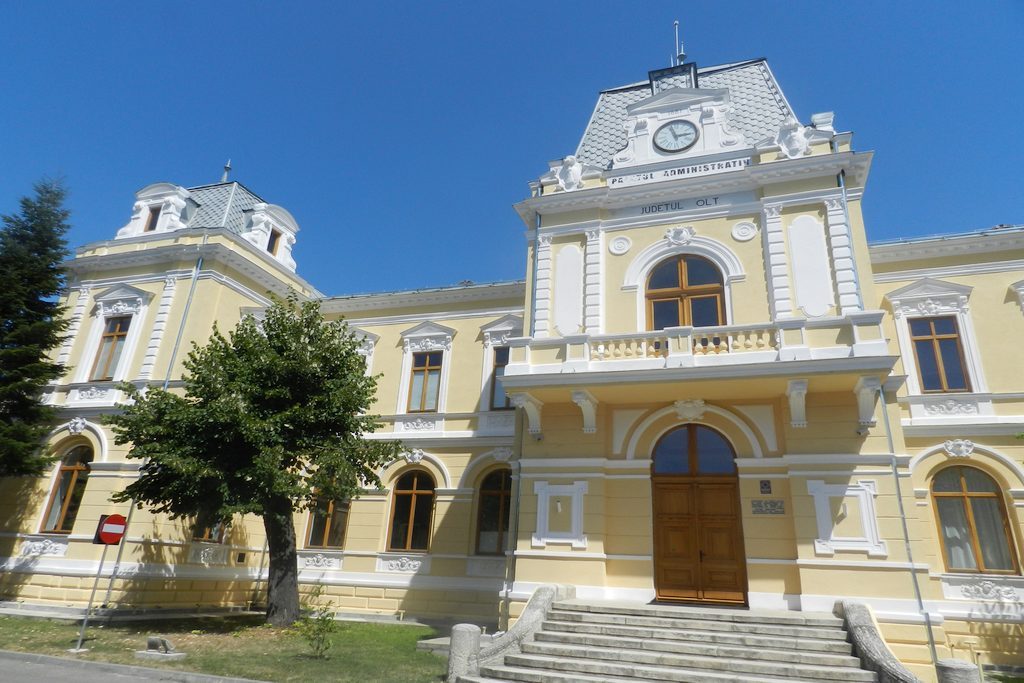

After World War I some collectors from Slatina initiate several private collections, especially of archeology, numismatics and folk art.
It was constituted an organizational Committee for the establishment of the museum in Olt county, which was intensely preoccupied, between 1920-1949 of collecting objects and valuable documents for the history of this region. In 1951 the Department of Culture Housings entrusts Professor Ion Moroşanu with the mission to establish a museum in Slatina. On May 1st, 1952 was inaugurated the Rayonal Museum Slatina , which will operate under this title until 1968 when, along with the reorganization of territorial administration, becomes Olt County Museum. At the beginning the museum from Slatina consists from the collection of attorney Ion (Jack) Florescu, great collector and president of the organizing committee of the museum Olt, donateing for this purpose, from his pieces , especially the Paleolithic, discovered by Professors Paul Dicu and Ion Moroşanu in the gravel grounds of river Dârjov and Olt. Subsequently, systematic archaeological diggings undertaken in the county, along with acquisitions and donations have significantly enriched the initial collections. In 1970 is founded the ethnography department and in 1975 starts the setting up of the fine art patrimony. Olt County Museum hoards and capitalizes by exibition collections of archeology, medieval, modern and contemporary history, plastic art and ethnography which contain defining heritage items for the culture and civilization of region Olt, some of them being registred in the national cultural patrimony. Functioning initially in unsuitable premises (four rooms of a house on Station Street, later demolished), the museum has obtained a historical monument building on the street Ionaşcu, no. 73, in front of the city Cathedral city, the house Deleanu, where it functioned until 1997 when it obtained by the Decision of the Government of Romania, the Administrative Palace building. Over the years, in the actual building of the Olt County Museum have functioned the headquarters of the prefecture Olt during the modern Romania and due to the lack of space other Institutions proper to a county capital such as the General Court, School Inspectorate and Protoieria. The edifice was built out of State funds during the years 1886-1887 and it costed 150,000 gold lei, its inauguration being made in 1887. Placed in a dominant position where were intersected the busiest streets in Slatina (Bucharest, Lipscani and Carol) the Administrative Palace was at that time the most important building of the city, the place where famous personalities have stepped and where, events circumscribed the great moments of our national history, took place. Immediately after the inauguration, the Administrative Palace was visited by King Charles I on 1/13 October 1887, during military maneuvers carried out by the Romanian army on Olt alignment. Here, on December 1, 1918, citizens of Slatina have vibrated in unison with the Country and have expressed their unconditional adherence towards the act of the Great Union.
